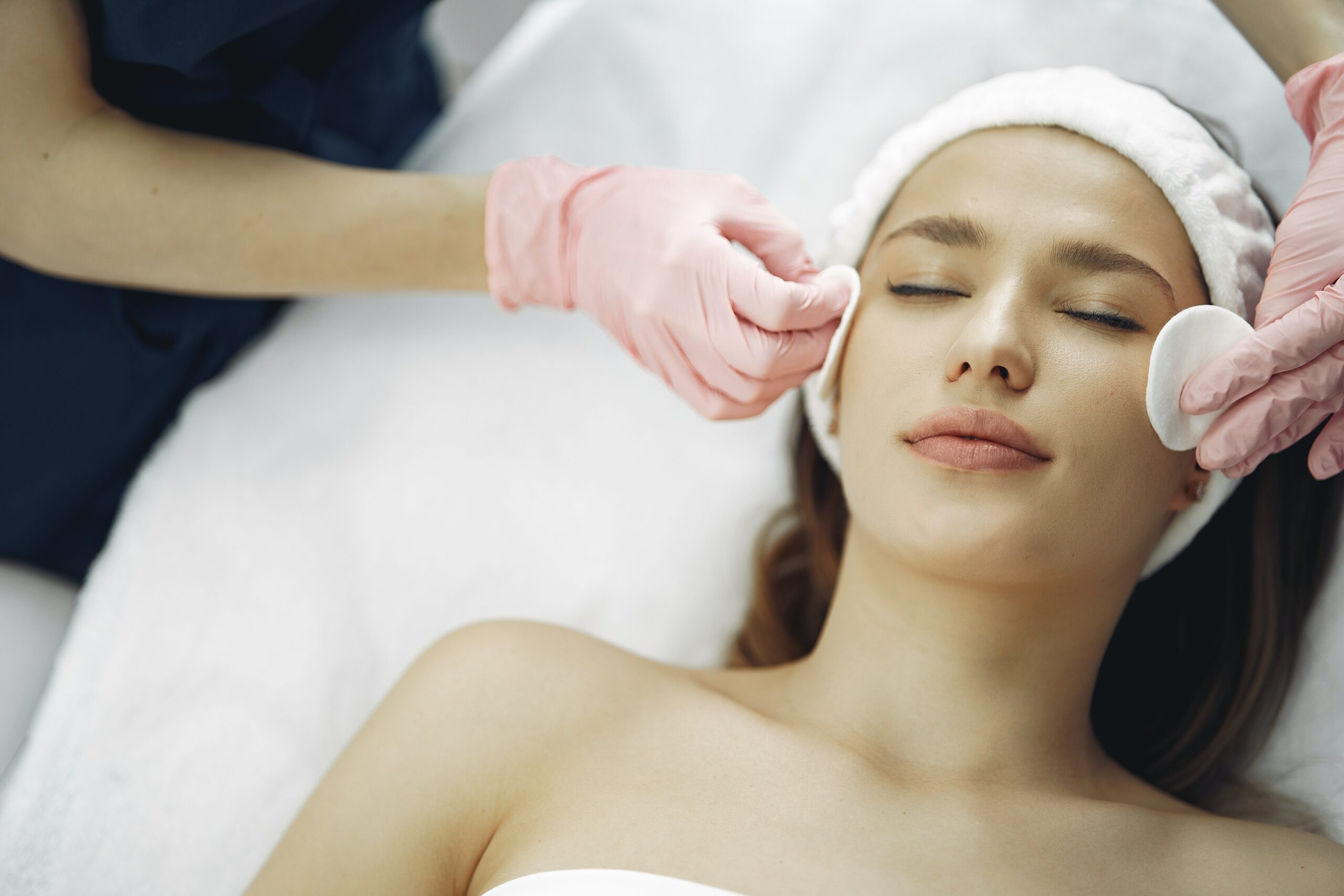Adult acne, or congested skin, occurs after age 25. Contrary to popular belief, acne and congested skin isn’t just a problem for teenagers. In fact, according to studies by the NHS, 95% of people are affected by acne to some extent right up until their 30s. Most people find that acne disappears in their mid-20s. However some people struggle with acne right into adult life.
What causes acne?
There are four steps in acne formation.
- Acne begins with an overproduction of sebum. This is an oil produced by tiny sebaceous glands attached to hair follicles near the surface of your skin.
- The sebum mixes with dead skin cells and blocks the skin’s hair follicles and pores.
- The skin then attracts “sebum eating bacteria”.
- The bacteria then cause inflammation and redness in the skin, leading to congestion, blackheads and pustules.
Acne is a chronic and recurring condition. This means that people can battle acne for several years. As acne is very difficult to conceal, this can have a very negative impact on self-confidence. Some people struggle for ages before receiving a medical diagnosis related to their acne, such as polycystic ovaries or other hormonal disruption.
“36% of women feel nervous going into a job interview because of their acne”
Patients may spend years seeking help from their GP, only to be given generic advice without any form of nutritional guidance or recommendation on the kind of products they should use to help their skin.
Basic Steps to Combat Acne
Some basic steps I personally recommend to help your skin are:
- Never go to bed with makeup on
- Avoid face oils
- Avoid hair products that contain oil
- Always wear sunscreen with a minimum SPF 30+ daily (rain or shine)
- Consider removing sugar, dairy and meat from your diet
- Eat plant-based meals where you can
- Introduce hormone balancing herbs and supplements to your diet
- Change your pillowcase regularly
- Drink plenty of water
These steps alone will not necessarily ‘fix’ the problem, however, there’s a multitude of active ingredients available that can be applied to the skin to help heal and restore it. These may include prescription grade products such as Tretinoin to encourage cell renewal. Another great skincare product is Clarifying Serum, which reduces sebum production. Finally, drinking adietary supplement such as Skinade helps to clear up the skin, and improve healing.
Using these products alone will only get you so far though, which is why you should see a skin expert about the following in-clinic treatments.
Skin peels
Skin peels help to exfoliate dead skin cells, and also reduce sebum production. This reduces the number of acne bacteria on the skin surface and allows the skin to repair itself after acne proliferation. The treatment is painless with no downtime.
LED
LED (Light Emitting Diode) uses a device set to a specific wavelength to reduce the spread of acne bacteria on the surface of the skin. Blue light combats bacteria, and near infra-red light combats inflammation and redness. This means that acne spread can be halted, and the skin can then recover and repair. The treatment is painless with no downtime.
Microneedling
Microneedling is particularly good for acne scarring, as it creates controlled trauma to the skin. This allows the skin to heal as new collagen and elastin is produced. This plumps out the skin, creating a smoother surface. The treatment involves mild discomfort, and skin is red for a few hours afterwards.
Maintaining skin health
Incorporating a simple yet personalised skincare regime at home will help you maintain good skin health. Following your initial clinic treatment, I usually recommend a skincare regime, usually consisting of cleanser, serum, moisturiser and SPF for you to use at home between treatments.
Book your skin consultation and start your journey back to clear skin.
